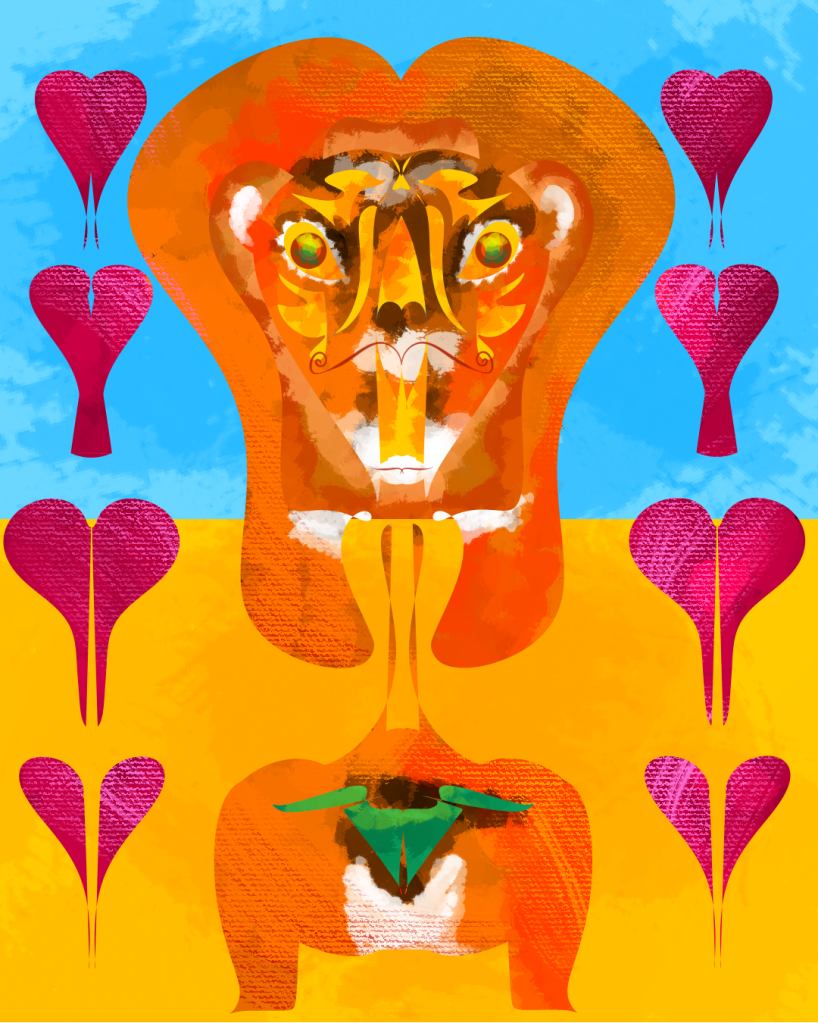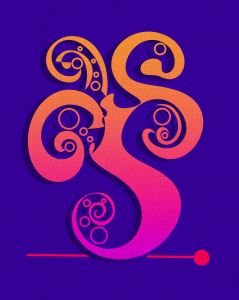
23.06.2024
According to the data in 2021, only about 3% of Indian people have a ‘love marriage’ rather than an arranged marriage.
When there is a love match and the couples have sex, the elders accuse the man in the relationship of rape to break up the relationship because it goes against their ideas of what a match is supposed to be: In 2014, 460 out of 600 rape cases involved or allegedly involved consenting couples.
https://www.bbc.co.uk/news/world-asia-india-59530706
The elephant in the room here is caste – despite the condemnation of caste and its outlawing, caste still rules the Indian consciousness. You can only get married in your caste. They talk about social mobility and moving out of a lower caste state, but not in love.
Before the Western reader makes their typically judgemental and racist remarks about Indian culture, they should try being an Indian man and see how the women in this country treat you because of your ethnicity and your perceived differences, no matter how long you know them for, how long you talk to them for and whatever you do or say to them. Because they have judged you as soon as they find out that you are Indian as not good enough for them. The proof besides my personal experience?:
In 2018, only 7% of relationships in England and Wales were interracial.
Incredibly, though, despite or because of this situation in India (let’s not talk about the bullshit, doublespeak Western ideology of equality and fairness in love), the Hindi film industry’s films all have a romantic relationship outside of love. In the film universe, the arranged marriage is what is unusual. So all these people in arranged marriages in India are watching romantic love stories. Just like in the West, the only time you can actually see a romantic love story is on the screen. Because in real life, love is ugly here in the United Kingdom. Not just ugly, but fucking boring. It is not just me saying that, it is a whole social phenomenon with men that are in the dating pool:
And even more incredibly, some of the songs in these Hindi films actually celebrate India as the country of love. Here are some lyrics:
| Ishq bina hum kuch nahi | We are nothing without love |
| Ishq se ooncha kuch nahi kuch nahi kuch | There’s nothing higher than love |
| Ishq se badhkar kuch nahi kuch nahi kuch | There’s nothing bigger than love |
| Ishq se acha kuch nahi kuch nahi kuch | There’s nothing better than love |
| Ishq bina hum kuch nahi | We are nothing without love |
| Chahe joh aaye leke dil mein ishq mohabbat | It doesn’t matter who enters my heart with love |
| Sabko gale lagana apne culture ki hai aadat | It’s a habit in our culture to embrace everyone |
| Swag se karenge sabka swagat | We shall welcome everyone with swag |
| Swag se karenge sabka swagat | We shall welcome everyone with swag |
https://www.filmyquotes.com/songs/2936
(lyrics quoted here with translation for academic purposes of fair use under UK laws to enable commentary and analysis).
So, just like in the racist love of the West, here we have the evidence of a completely deluded mind. In a country of absolute racism and casteism, where love is what you are told to do rather than what you do yourself and within constraints, we have the ideas of inclusion, welcome and the celebration of love.
Which is not particularly astonishing. In racist Britain, we hear the lip service and double speak about inclusion and diversity all the time. When people are only going to date clones of themselves for the most part from their own ethnic groups and cultures.
The human mind lives in a state of delusion. Because fairness in love is unacceptable to most people. Those are the statistics and that is reality. And if, like me, you are genuinely fair in love and diverse, see what treatment you get. Because you can’t escape the racists and the racist mindset. Not just in India, over here as well.
But should we be too harsh on the poet’s Country of Love in these Hindi film songs? After all, they are a dream. A dream of what could be. In a real country of love, it wouldn’t matter what ethnicity you are. It wouldn’t matter if you came from a different cultural background. It wouldn’t matter what religion you were. In a real country of love, where love was celebrated, where there was diversity and inclusion in love and where there was fairness and justice in love, you would perhaps have a song like this song in a Hindi film. Maybe the song is a template for a better reality. Rather than this disgusting world of love that we actually live in.

